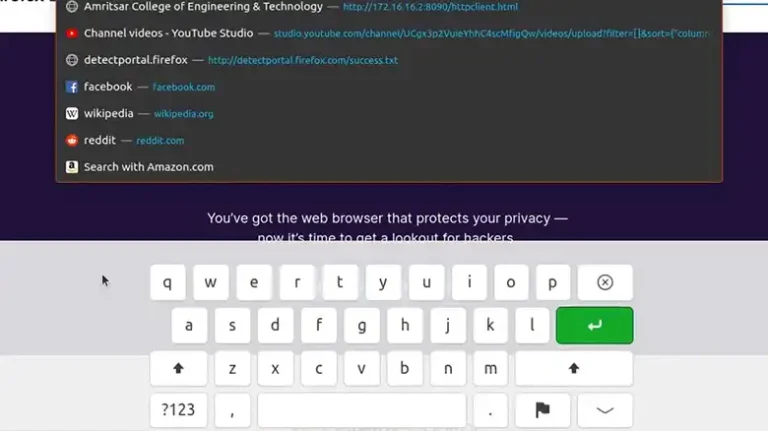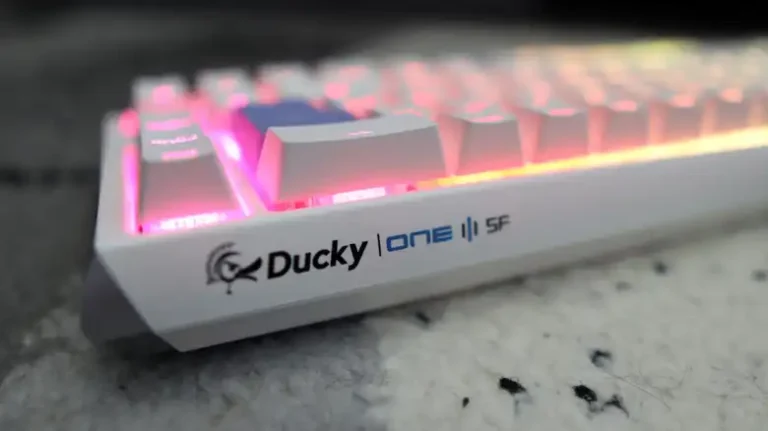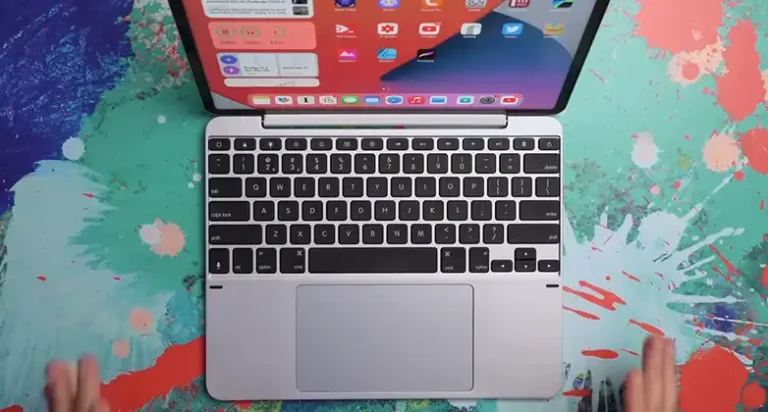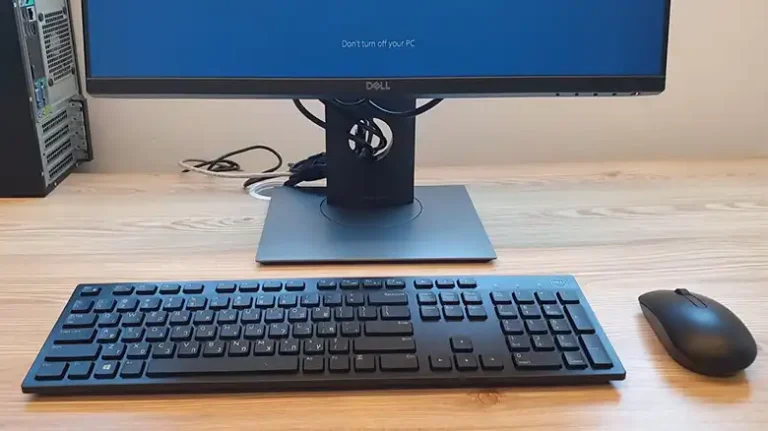Joyaccess Wireless Keyboard Not Working
Oh hey, folks! Let me just kick things off by sharing that I recently had quite an annoying situation with my wireless Joyaccess keyboard refusing to work properly. And trust me when I say it drove me absolutely nuts! I mean one fine morning, my keyboard just went completely bonkers – some letters wouldn’t type, some typed random gibberish and the whole connection itself was shockingly erratic. I fiddled around for quick fixes but nothing would resuscitate my previously super smooth Joyaccess wireless keyboard from turning into a hunk of useless plastic. Anyway, at my wit’s end, I decided to dig deeper and get into some serious troubleshooting business.
So in this post, I’ll chat through all the steps I tried to finally debug what made my wireless keyboard throw such a fit…do stick around to find out if anything worked because spoiler alert – the solution was not quite straightforward!
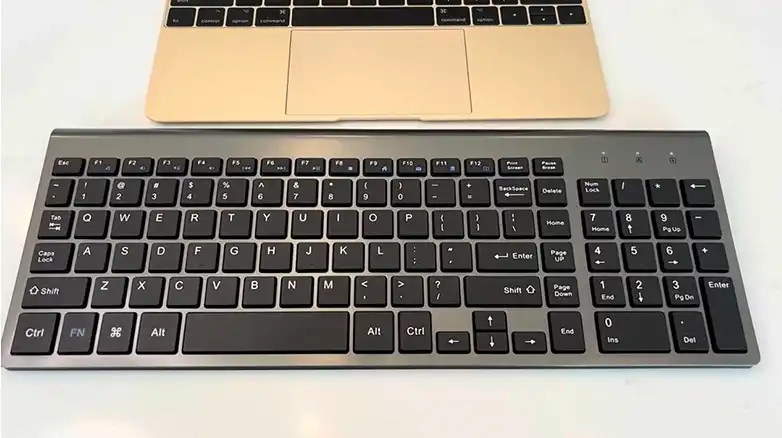
Common Reasons Why a Joyaccess Wireless Keyboard May Stop Functioning
There can be several root causes behind a wireless keyboard refusing user input all of a sudden. Understanding the possible reasons can better equip you to troubleshoot the problem. Broadly, issues interrupting the normal functioning of a Joyaccess wireless keyboard can be categorized into hardware faults in the physical keyboard components or software issues preventing communication flow.
Hardware Defects That Can Cause a Joyaccess Keyboard Malfunction
Since wireless keyboards like Joyaccess rely on internal circuitry to power on and transmit keystrokes through wireless connectivity protocols, any hardware damage logically disrupts this mechanism. Some common hardware issues are:
The batteries powering the keyboard could be completely drained out or incorrectly placed, faulty battery contacts can also prevent successful power-up. The Joyaccess wireless functionality depends on the USB dongle receiver; defects in this receiver hardware interrupt the keyboard-computer channel.
Finally, physical harm to internal components through accidental drops, liquid spills or normal wear and tear can permanently damage the circuitry required for registering and transmitting keystrokes. The above hardware issues manifest as the keyboard failing to power on, intermittent connectivity loss, or completely unresponsive keys.
Software Triggers Causing Joyaccess Wireless Keyboard Failure
Apart from hardware factors, incompatibility or conflicts between the Joyaccess keyboard software drivers and other programs can also lead to unresponsiveness issues. Typical software issues include:
Outdated drivers controlling the Joyaccess keyboard functionality lack revisions to maintain compatibility with OS updates and program changes. Corrupted driver installations or missing drivers can also interrupt coordination between keyboard stroke processing and transmission.
Joyaccess wireless keyboards require correct WS paring and stable connectivity; interference in the wireless channel or accidental de-pairing in multi-device scenarios leads to usage issues.
Finally, security software like antivirus, firewalls as well as other customization suites related to keyboards, display, accessibility, etc can sometimes flag standard drivers as suspicious and block processes or create conflicts.
Steps To Troubleshoot and Fix A Non-Working Joyaccess Wireless Keyboard
Once you have deduced the broad underlying reason behind why your Joyaccess wireless keyboard is not typing or functioning abnormally, you can systematically apply targeted troubleshooting steps to resolve keyboard problems:
Do Some Basic Checks First
Before going for the advanced troubleshooting, let’s do some initial checks. Most of the time, the basic checks can help to solve the issue easily.
Verify Batteries
Ensure Fresh Batteries: Check if the batteries are new and haven’t expired. Old batteries might not provide enough power.
Proper Placement Matters: Double-check the polarity markings inside the battery compartment and ensure the batteries are inserted correctly.
Rechargeable Batteries Need TLC: If using rechargeable batteries, make sure they are fully charged. A low charge might not be sufficient.
Sometimes, a Simple Disconnect Works Wonders: Remove and reinsert the batteries to refresh the connection.
USB Connection Check
Firmly Plugged In: Make sure the USB receiver is securely plugged into a functioning port on your computer. A loose connection can disrupt communication.
Direct Connection Preferred: Bypass any extension cables and connect the receiver directly to your computer. Cables can sometimes introduce interference.
Port Health Check: Try plugging the receiver into different USB ports on your computer. This helps identify if the problem lies with the port or the receiver itself.
Inspect for Physical Damage: Give the USB receiver a thorough examination for any physical damage like bent pins or broken connectors. Such damage can prevent proper communication with the keyboard.
Power Cycle for a Fresh Start
Power Down Everything: Turn off both your computer and the keyboard completely. This allows them to fully shut down and clear any temporary glitches.
Disconnect Everything: Disconnect the USB receiver (if applicable) and remove the batteries from the keyboard.
Take a Breather: Wait a few seconds to allow both systems to rest and discharge any residual power.
Reconnect and Restart: Reconnect the USB receiver (if applicable) and reinsert the batteries. Finally, turn both your computer and the keyboard back on. This fresh start can sometimes resolve connectivity issues.
Advanced Troubleshooting for a Resistant Joyaccess Keyboard
If the basic checks haven’t revived your Joyaccess keyboard, don’t despair! Let’s delve deeper with some advanced troubleshooting techniques:
Re-Pairing Your Joyaccess Keyboard
If the basic troubleshooting steps haven’t brought your Joyaccess keyboard back to life, re-pairing it can be a crucial next step. This process essentially refreshes the communication between the keyboard and your computer, resolving any potential connection issues.
Turn things off: First, turn off your keyboard using the power switch. Then, unplug the USB receiver from your computer’s USB port.
Activate pairing mode: Now, turn the keyboard back on. Locate the ESC and +/=(plus/equals) keys on your keyboard. Press and hold both keys simultaneously until the third LED light on the keyboard starts blinking rapidly. (Refer to the attached picture for visual guidance.)
Connect to your computer: Once the LED light blinks rapidly, release both keys and quickly plug the USB receiver back into a USB port on your computer. Move the keyboard closer to the receiver, ideally within 7 inches.
Follow on-screen instructions: Your computer should automatically detect the Joyaccess keyboard and initiate the pairing process. Follow any on-screen prompts or instructions provided by your operating system to complete the pairing.
Confirmation: When the pairing is successful, the keyboard’s LED light will remain steady and no longer blink. This indicates that you can now use your Joyaccess keyboard with your computer.
Note: This guide provides a general overview of the pairing process. Specific steps may vary slightly depending on your exact Joyaccess keyboard model. If you encounter any difficulties, consult your user manual for detailed instructions or contact Joyaccess customer support for further assistance.
Update the Keyboard Driver
Outdated drivers can lead to various compatibility issues, including malfunctioning keyboards. To ensure your Joyaccess keyboard operates optimally, check for and install any available driver updates:
- Press the Windows key + X simultaneously and select Device Manager.
- Expand the Keyboards section and locate your Joyaccess keyboard.
- Right-click the keyboard and choose Update driver.
- Select Search automatically for updated driver software.
- Follow the on-screen instructions to install any available updates.
Disable Other Keyboard Input Devices
Apart from your main Joyaccess wireless keyboard, if you have other additional keyboards, input devices, or microphone components connected, disable them temporarily to check for conflicts.
For example, your computer may have inbuilt keyboards (in laptops), and you might connect external keyboards via wires or wireless. Similarly, peripherals like gaming keypads, multimedia touchpads, etc also act as alternate input mechanisms.
Having multiple input devices simultaneously active can create resource contention leading to miscommunication and unresponsiveness. Joyaccess wireless keyboard coordination may fail if other components are drawing simultaneous conflicting signals.
Hence, as a debugging step – switch off Bluetooth on other paired devices, disconnect wired keyboards, and disable laptop keyboards through BIOS to isolate the Joyaccess wireless keyboard completely. Keep it as the only active input mechanism while troubleshooting issues.
Check For Software Conflicts
Wireless peripherals in computers require coordination between hardware components like RF transmitters/receivers and software components like drivers that process signals.
Software suites related to machine optimization, security, and customization can sometimes interpret standard keyboard driver activities as suspicious, limiting access or tagging them with false positives – thereby breaking intended functionality.
For example, an overzealous antivirus scanner may block the execution of keystroke.sys routines judging them as harmful. Accessibility tools for managing display properties and typing assistance inadvertently alter configurations needed for Joyaccess device coordination.
Run Troubleshooting Tools
Modern Windows operating systems have built-in troubleshooting suites that can automatically diagnose and resolve common technical issues with peripherals including wireless keyboards.
For example, the Windows 10 settings app has dedicated troubleshooters that check for problems related to power, updates, network conflicts, etc, and fix repetitive errors.
The Device Manager utility also has dedicated diagnostics suited for external device categories like keyboards, printers, mouse, etc. that runs checks tailored to the device class.
These tools diagnose issues in the background and apply standard corrective actions like driver rollbacks, port changes, etc without needing complex manual interventions.
Final Recommendations to Prevent the Recurrence of Joyaccess Wireless Keyboard Issues
To conclude, maintain battery health, and keep wireless receivers securely placed and drivers updated to prevent abrupt wireless keyboard failures. Also, install OS and security updates judiciously to avoid potential software conflicts. Employ the step-wise keyboard troubleshooting approach outlined above to quickly resolve functionality issues based on the nature of the problem at hand. Reach out to product support teams for hardware assessment or replacements when self-help options do not succeed. Hopefully, these troubleshooting techniques help you minimize downtime and continue leveraging the convenience of your Joyaccess wireless keyboard without disruption.

